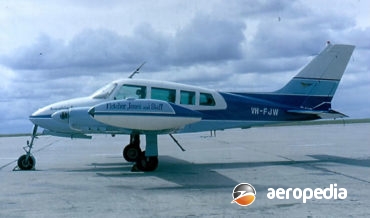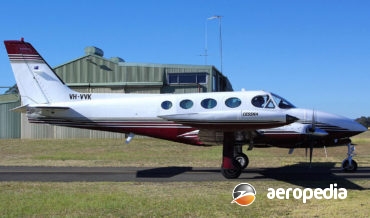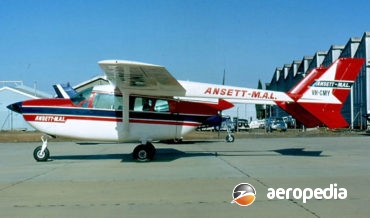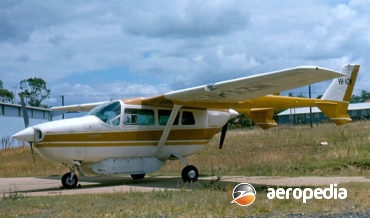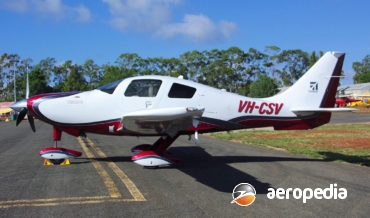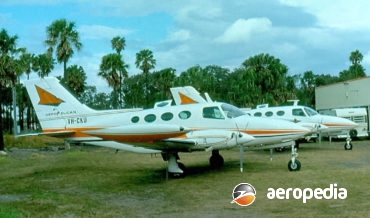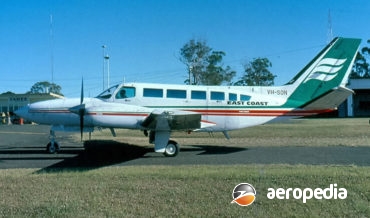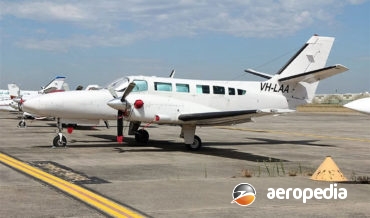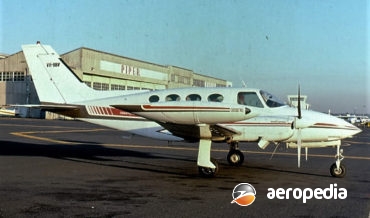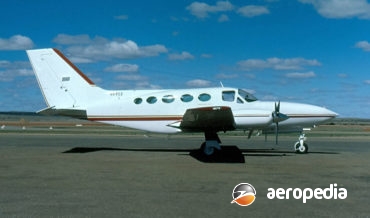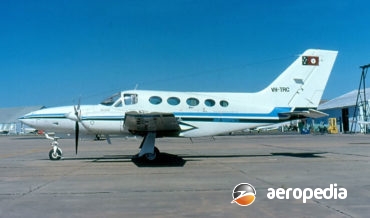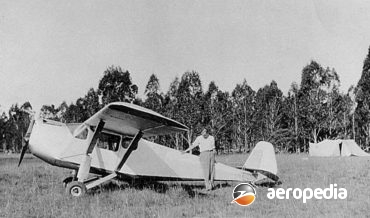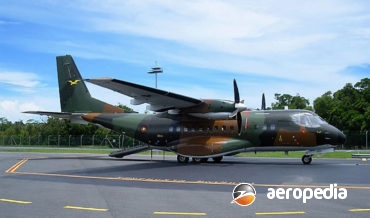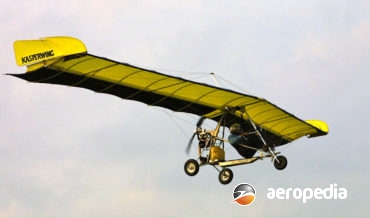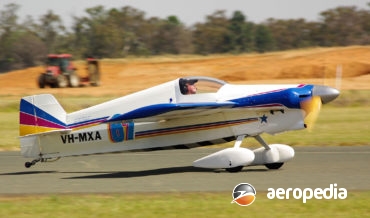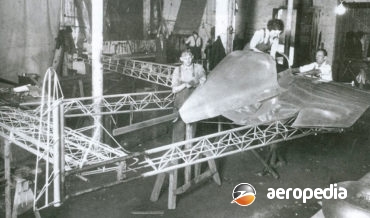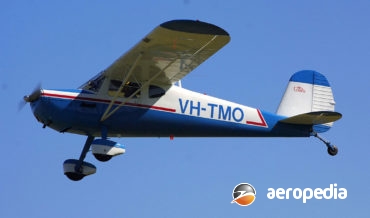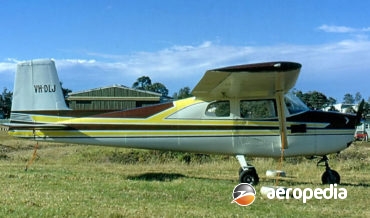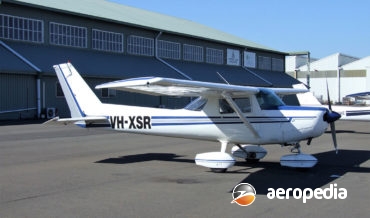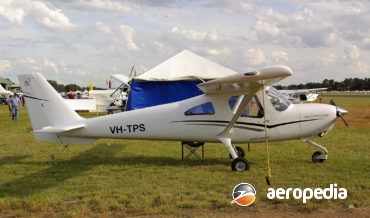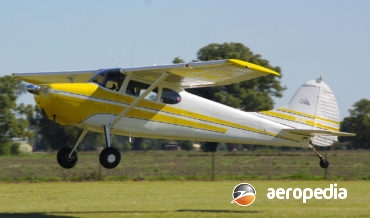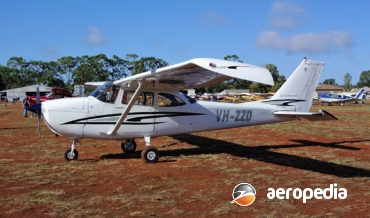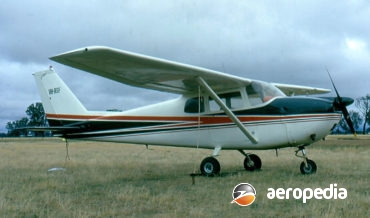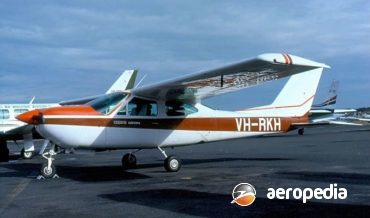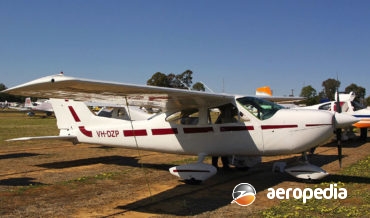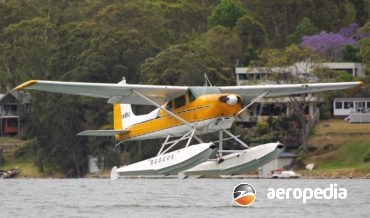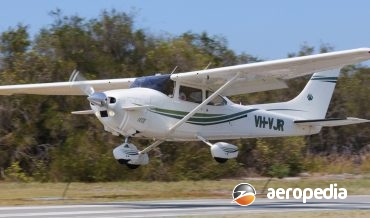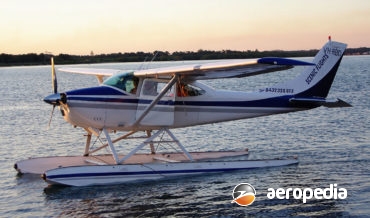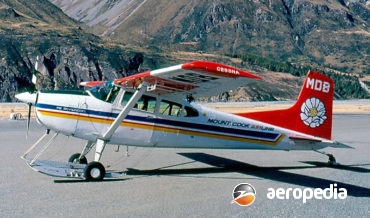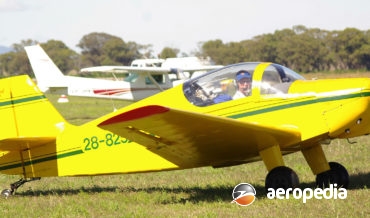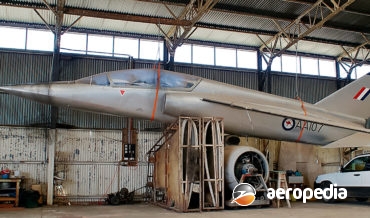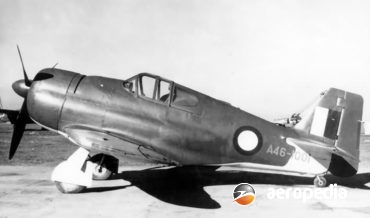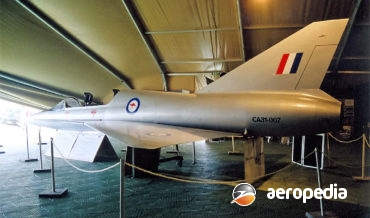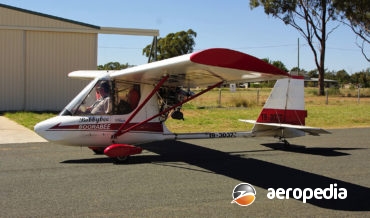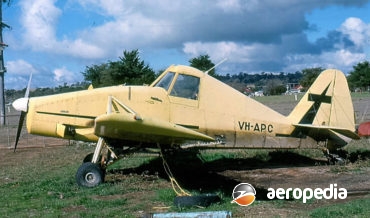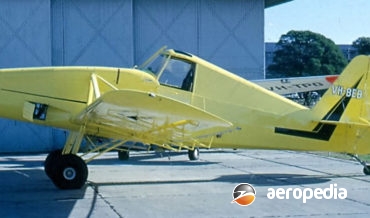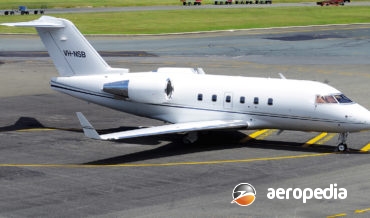David C. Eyre
Produced from 1962 to 1968, with a total of 579 aircraft being completed, the Model 320 Skynight was an all-metal, five-seat, executive,
David C. Eyre
- May 17, 2019
Development of the Cessna 340 series was initiated in 1969 but, because the prototype was lost during test flying in 1970, trials were delayed and deliveries of production
David C. Eyre
- May 17, 2019
Introduced into the Cessna range of aircraft in 1963, the Model 336 Skymaster was unique at that time amongst business light twin-engine aircraft as it had a tractor engine in the nose
David C. Eyre
- May 17, 2019
The Cessna Model 337 Super Skymaster series was introduced to the company’s range in February 1965 to replace the Model 336 on the production line. It continued the centre-line thrust concept of the previous model, and bore a close resemblance to that aircraft.
David C. Eyre
- May 17, 2019
Following the success of the Neico Lancair series of kitplanes, Lance Neibauer designed a production certificated aircraft based on the four-seat Lancair ES and set up a separate company to build and market the new type. First in the series became the Colombia 300.
David C. Eyre
- May 17, 2019
The prototype Cessna 401 was flown for the first time on 26 August 1965. Designed as a lighter and cheaper version of the Cessna 411, the 401 was aimed at the business and executive market but, in its developed form, the type was used in the commuter airliner role.
David C. Eyre
- May 17, 2019
Following commencement of delivery of production aircraft late in 1976, the Model 404 Titan was offered in a range of variants designed specifically to meet the needs of businessmen and commuter airlines which required a large twin-engine aircraft with normally aspirated engines rather than turbines.
David C. Eyre
- May 17, 2019
The Model 406 Caravan II was developed as a joint venture between Cessna and its French associate, Reims Aviation, for the utility market. Reims has built over 6,000 Cessna-designed aircraft over the years and it was initially a joint concern but in 1989 Cessna sold its interest to the
David C. Eyre
- May 17, 2019
In 1965 the Cessna 411 was introduced to the Cessna range as a twin-engine executive aircraft to compete again the Beechcraft Queen Air and the Aero Commander series. One of Cessna’s first ventures into the commuter aircraft market, the aircraft had the cabin separated from the passenger compartmentby a divider,
David C. Eyre
- May 17, 2019
On 10 December 1969 Cessna announced it was introducing a new pressurised twin-engine aircraft known as the Model 414 and this aircraft combined the basic fuselage and tail unit of the Model 421 with the wing of the Model 401 fitted with two Continental TSIO-520-J turbo-supercharged engines driving three-blade constant-speed
David C. Eyre
- May 17, 2019
Designed as a replacement for the Cessna 411, the prototype of the Model 421 was flown for the first time on 14 October 1965. The maindifferences between the 421 and the 411 were the up-rated engines and pressurised cabin of the new model, thus permitting it to cruise at
David C. Eyre
- May 17, 2019
In 1932 Mr Clifford Carpenter, a nephew of Sir Walter Carpenter, a member of the W R Carpenter & Co organisation, assisted by Messrs W Murrell, H Wyatt, C Scott and R A Grey, built a light aircraft over a period of two years in the garage of Borrows
David C. Eyre
- May 17, 2019
The C212 Aviocar was a development of the CASA Aviocar STOL military aircraft designed to replace the Junkers Ju-52 and the Douglas C-47 in Spanish Airforce service.
David C. Eyre
- May 17, 2019
The CN-235 was developed jointly by CASA and Industri Pesawat Terbang Nusantara (IPTN) as a civil/military transport, each company building a prototype, there being ceremonies held simultaneously in Spain and Indonesia.
David C. Eyre
- May 17, 2019
The Kasperwing is an American ultralight flying-wing motorglider which was designed by Witold Kasper and Steven Grossruck and was initially built by Cascade Ultralites and was introduced to the market in 1976.
David C. Eyre
- May 17, 2019
In 1954 Tom Cassutt, an airline pilot in the United States, designed and built a small single-seat racing aircraft known as the Cassutt I for his own use, winning the 1958 National Air Racing Championships.
David C. Eyre
- May 17, 2019
Following the announcement of plans for the 1934 England to Australia sponsored by Sir Macpherson Robertson, an Australian design team comprising L J R Jones, T D J Leech and D Saville set about designing and building an aircraft to enter.
David C. Eyre
- May 17, 2019
During the years 1946 to 1949 Cessna produced two basically identical two-seat light cabin monoplanes known as the Models 120 and 140.
David C. Eyre
- May 17, 2019
Designed as a successor to the Cessna Models 120 and 140, production of which concluded in the mid 1950s, the 150 series proved to be one of the most popular civil training aircraft, with about 22,839 examples constructed and delivered between 1959 and 1977.
David C. Eyre
- May 17, 2019
The 152 was introduced to the Cessna range in 1978 as a redesign of the 150 and was, like its competitors the Beech Skipper and Piper Tomahawk, aimed at the training market as a new design.
David C. Eyre
- May 17, 2019
In 2006 Cessna announced it intended to produce a series of new designs using modern technology and, amongst these, was a new training aircraft, seating two, to meet new light sport aircraft regulations introduced into the United States.
David C. Eyre
- May 17, 2019
The Model 170 was introduced into the Cessna range in 1948 as a development of the earlier two-seat light cabin monoplanes, the Models 120 and 140, and to meet a requirement among operators in the United States for four seats.
David C. Eyre
- May 17, 2019
Derived from the Model 170, the 172 differed initially mainly in that it had a tricycle undercarriage.
David C. Eyre
- May 17, 2019
The Cessna 175 series was introduced to the Cessna range in 1958. The Skylark was a deluxe version of the basic 175, in a similar way to the Skyhawk being a deluxe development of the 172.
David C. Eyre
- May 17, 2019
The Cessna 177 Cardinal RG was introduced into the Cessna range in 1970 and is basically a variant of the 177 series with a hydraulically retractable tricycle undercarriage.
David C. Eyre
- May 17, 2019
The Cessna 177 series of aircraft, which was first placed in production in 1967, was originally released in two main models, the 177 and the Cardinal.
David C. Eyre
- May 17, 2019
The Cessna 180 series of aircraft commenced production in February 1953 and continued until, like other single-engine Cessna models, it ceased in 1981 after some 6,193 examples had been built.
David C. Eyre
- May 17, 2019
The Cessna 182 Katmai Super STOL is a development of the Wren 460 (which see) which itself was developed in the 1960s and was a conversion of the basic Cessna 182 series to achieve outstanding short field performance.
David C. Eyre
- May 17, 2019
The Model 182, which was introduced into the Cessna range in 1956, initially used the same airframe and engine as the Model 180, but it had four seats for executive use rather than for the utility role, and was fitted with a tricycle undercarriage.
David C. Eyre
- May 17, 2019
Intended to meet the requirements of ‘bush’ fliers around the world, the Cessna 185 was designed a s a rugged utility aircraft.
David C. Eyre
- May 17, 2019
The Minicab, which was designed by M Yves Gardan, a well-known French light aircraft designer, made its first flight in February 1949 and, with no major modifications, won three distinctions in its first year; the Coup de Deauville, the Grand Prix Aerien de Vichy, and the Concours d’Elegance de Biarritz.
David C. Eyre
- May 17, 2019
In 1964 the Commonwealth Aircraft Corp was considering the development of an advanced supersonic aircraft to meet a future requirement for the RAAF for a supersonic trainer which could also be used for weapons training.
David C. Eyre
- May 17, 2019
The Ceres (the God of Fertility) was developed from the Wirraway trainer of World War II, which had been built at the Commonwealth Aircraft Corporation’s plant at Fishermens Bend, Vic, between 1939 and 1945.
David C. Eyre
- May 17, 2019
In an attempt to increase the performance of the indigenous Boomerang fighter, consideration was given to the increase in the power of the engine installed and to this end, as the Twin Wasp engine then fitted was not supercharged sufficiently to permit adequate high-altitude operations, it was decided to obtain
David C. Eyre
- May 17, 2019
The CA-31 was one of a series of projects designed by the Commonwealth Aircraft Corporation to meet a requirement of the RAAF for a supersonic trainer and light attack aircraft, being designed to facilitate pilots proceeding from the Macchi MB-326H to the GAMD Dassault Mirage IIIO, being expected to be
David C. Eyre
- May 17, 2019
The Boorabee is an ultralight which could be built in either single-seat or two-seat forms.
David C. Eyre
- May 17, 2019
In the mid 1980s Mr Dan Denney formed Denney Aerocraft Co in Boise, Idaho to build a two-seat ultra-light aircraft known as the Kitfox, and in the first year 21 kits were delivered.
David C. Eyre
- May 17, 2019
The Call Air A9, which first appeared in Australia in the mid-1960’s, was developed from a line of agricultural aircraft originally built by Call Air Inc of Afton, Wyoming.
David C. Eyre
- May 17, 2019
The Call Air Model B-1 agricultural aircraft was a development of the smaller A-9 series and was of similar configuration, being designed and manufactured by the Inter Mountain Manufacturing Co of Wyoming, USA (IMCO).
David C. Eyre
- May 17, 2019
One of the newer era of modern technology high-performance long-range executive jets, the prototype of the series, the CL-600 Challenger, was flown for the first time on 8 November 1978 powered by 7,500-lb st Avco Lycoming ALF 504L turbofans.
David C. Eyre
- May 17, 2019
Recent Comments
Archives
Categories
- No categories
Categories
- No categories
Latest Posts
Newsletter

